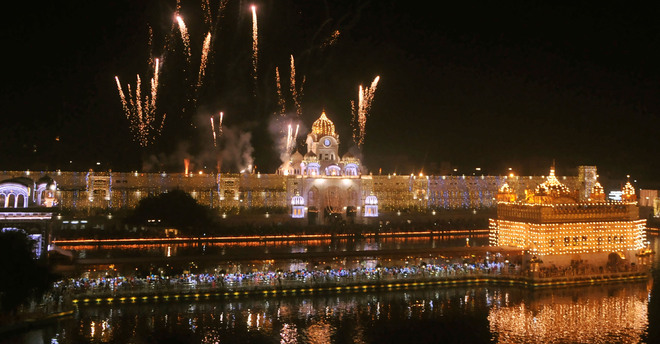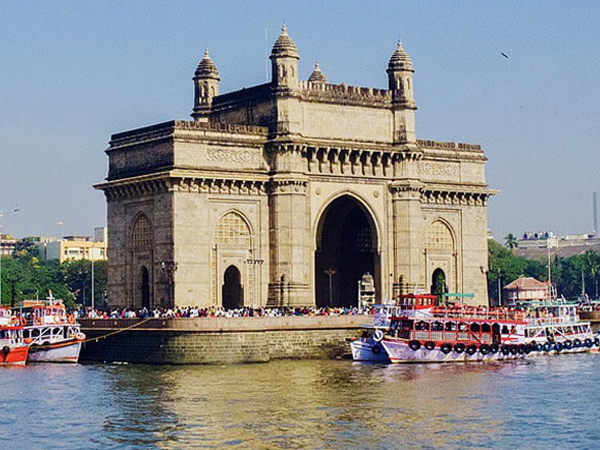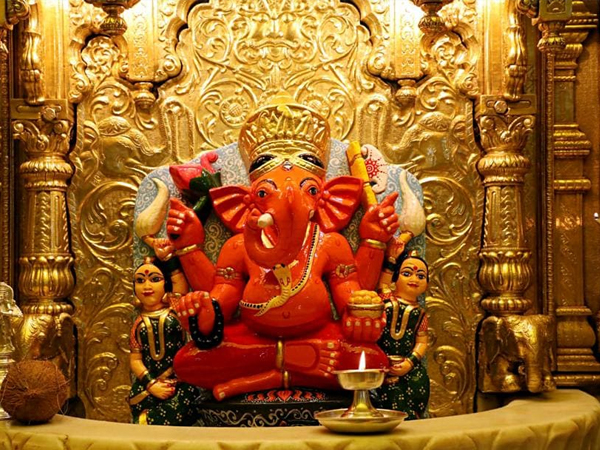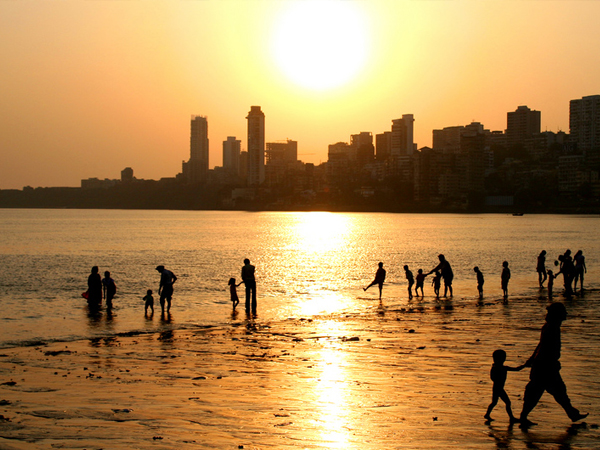Along with diyas and fireworks, the rich history of Amritsar comes alive as Sikh martial bodies or ‘Nihang Singh Jathebandis’ descend upon the city as celebrations for Diwali and ‘Bandi Chhor Divas’ begin.
Bandi Chhor Divas (prisoner release day) is celebrated to mark the historical release of the sixth Sikh guru, Guru Hargobind, from the Mughal prison and 52 kings in the early 17th century.
Baba Budha Ji, the first head Granthi of Darbar Sahib, had started the tradition of lighting earth lamps at Golden Temple to celebrate the return of Guru Hargobind.
Jathedar Balbir Singh, head of the Budha Dal, a martial faction, says it is a centuries-old tradition among Sikhs to gather at Golden Temple on Bandi Chhor Divas. “Budha Dal had started Akhand Path at Gurdwara Mal Akhara Sahib, historically related to Guru Hargobind Sahib Ji. Bhog will be held on Diwali day. We will attend the gathering at Akal Takht on Saturday, where Jathedar Giani Harpreet Singh would read a message for the community,” said Jathedar Balbir Singh.
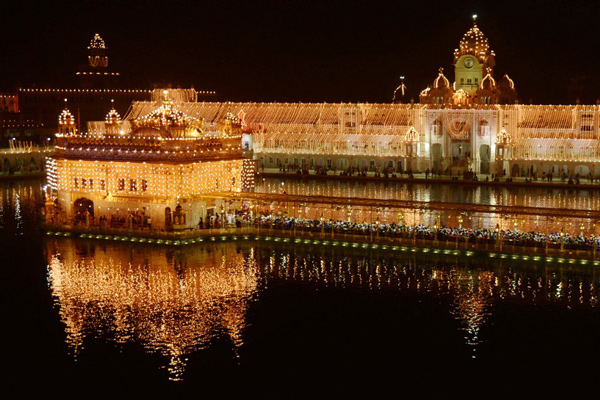
First references of Diwali celebrations as a community among Sikhs date back to the third master, Guru Amar Das, in the 16th century. However, the biggest chapter was added in the Sikh history and Diwali at Amritsar, when Guru Hargobind Sahib returned from Gwalior Fort, where Mughal Emperor Jahangir had imprisoned him on the pretext that a fine imposed on his father, Guru Arjan, had not been paid by the Sikhs.
According to Sikh history, Guru Hargobind was released from prison on Diwali as he walked out of the Gwalior Fort prison. Since then, he has been hailed as ‘Bandi Chhor’ (one who liberates). As per Sikh history, he also secured the release of 52 kings.
After Guru Gobind Singh passed away in 1708, Sikhs faced the challenge of retaining control of the Golden Temple. Often taking shelter in forests, Sikh factions would gather at the Golden Temple on Diwali every year to hold Sarbat Khalsa to make all important decisions and solve internal and external disputes.
Diwali became an annual invitation for all Sikh factions in any part of the world to reach Amritsar for ‘Sarbat Khalsa.’ At times, Mughal rulers wanted to prevent Sikhs from attending Diwali at Amritsar.
In 1737, Bhai Mani Singh, the administrator of the Golden Temple, promised to pay a big amount to then Governor of Lahore, Zakaria Khan, to allow safe passage and return to Sikhs for Diwali celebrations in Amritsar. Later, Bhai Mani Singh came to know that Zakaria Khan was planning mass execution of Sikhs by making them come to Amritsar. Mani Singh immediately sent out a message to Sikhs not to come to Amritsar. He also failed to pay the promised amount to Zakaria Khan as the money was to be arranged from the offerings by Sikhs on Diwali. Zakaria Khan got Mani Singh executed at Lahore for failing to pay the promised amount.
On the occasion of Diwali in 1761, a decision to attack Lahore was taken at a ‘Sarbat Khalsa’ gathering. In a battle, the Sikh warriors killed Ubaid Khan, the then Afghan Governor of Lahore, and Jassa Singh Ahluwalia was declared ‘Sultan-ul-Quam.’
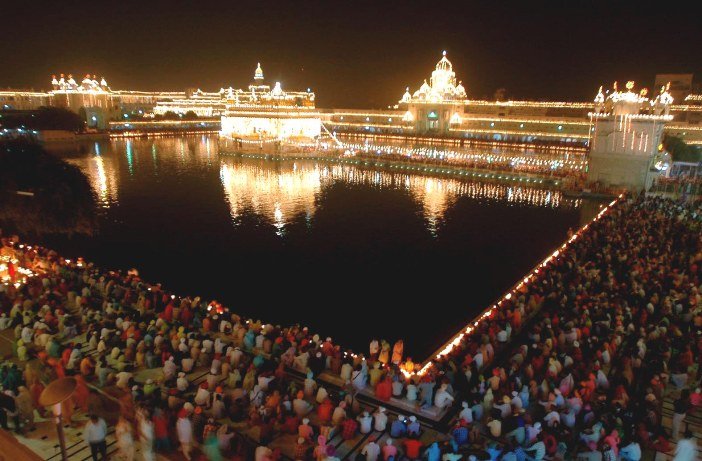
The festivity of Diwali returned to Golden Temple and the city as soon as Sikh misls started controlling Amritsar in the last quarter of the 18th century, and later Maharaja Ranjit Singh ruled Punjab.
During British rule, the British officers would also especially come to see the Diwali celebrations at the Golden Temple.
Keeping the tradition alive, martial bodies and common Sikhs come to the Golden Temple every Diwali, where the sitting Akal Takht Jathedar reads out a message for the community. Martial bodies also display their martial skills a day after Diwali in Amritsar.
“We will start ‘Mohala’ (march of martial bodies) from Buraj Akali Baba Phula Singh, and it would pass through different parts of the city to reach Railway Ground B-block where Nihangs will display their martial skills on Sunday. The festivity of Diwali at Amritsar is also a tribute to those Sikhs who were not even allowed to enter the city in the 18th century. It is a long and rich history. It is a symbol of victory of Khalsa,” said Balbir Singh.
The Shiromani Gurudwara Parbandhak Committee (SGPC) also makes special arrangements for lighting and fireworks on this occasion.
Visit Bandi Chhor Divas for more information. Also, have a look at our various monthly issues.

